Our Blog - Loire Valley Trip - Blois, France
Historically, the city of Blois was the capital of the county of Blois from 832 until its integration into the Royal domain in 1498 when Count Louis II of Orléans became King Louis XII of France. During the Renaissance, Blois was the official residence of the King of France. But the area of the city was inhabited long before that. There were excavations done in 2013 that found evidence of one or more camps of late Prehistory hunter-gatherers, who were also fishermen since fishing traps were found there.
When King Charles VIII died with no heirs in 1498, Duke Louis II ran 22 miles between the Château of Amboise and Blois, and was crowned as King Louis XII of France. He then married Charles VIII's widow, Queen Anne of Brittany, in 1499. This was part of the marriage contract between Anne and King Charles VIII, that if they didn't have any heirs, she would marry the next king. Louis XII, as the last hereditary Count of Blois, naturally established his royal Court in the city and expanded and rebuilt the small Chateau de Blois into a royal palace.
In 1515, Louis XII died and the throne passed to Francis I, the husband of his daughter, Claude of France. Francois I continued the improvement of the chateau that had been started by his father-in-law. By 1519, King Francis I no longer wanted to remain in Blois, preferring Fontainebleau, near Paris. Much of the royal furniture was moved from Blois to Fontainebleau by 1539 prior to his death in 1547. After the departure of the Royal Court towards Paris, Blois lost the status of Royal residence, along with the luxury and economic activity that came with it.
A bit of trivia: from 1617 to 1619, Marie de' Medici, wife of King Henri IV, exiled from the court by his son, King Louis XIII, lived in the château.
We started our tour at the halle aux grains, which was built in 1849. It is a large rectangular building that has vast central area flanked by polygonal turrets on the corners. These turrets house spiral staircases to access the first floor and the attic. The style, using brick and freestone, is similar to that of the Louis XII wing of the Château de Blois.
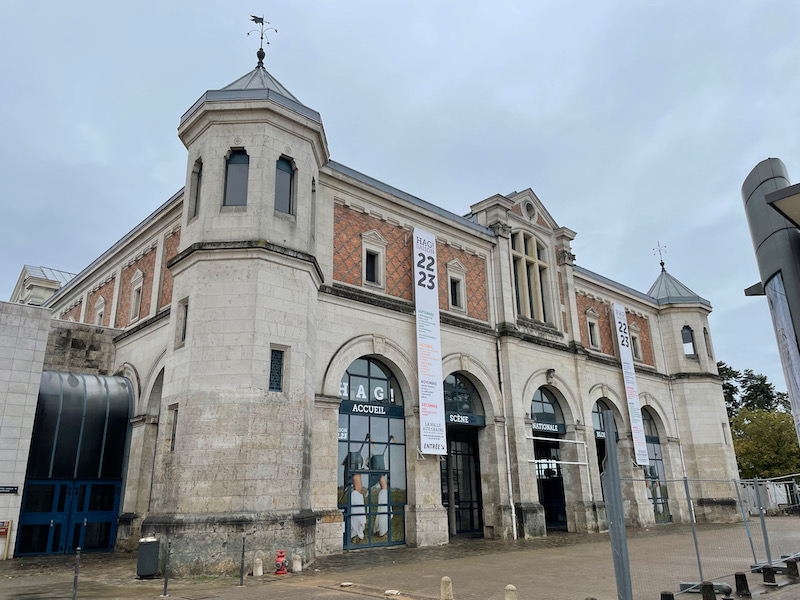
Blois is built on a pair of steep hills and there are steep, winding paths running through the city. At some points, there are long staircases, like this one. The Denis-Papin staircase provides a panoramic view by overlooking the downtown and the Loire Valley, and regularly enlivens the urban space with original decorations. We started at the top and headed down. From the bottom looking up, you can see the words that are there as part of the decoration.
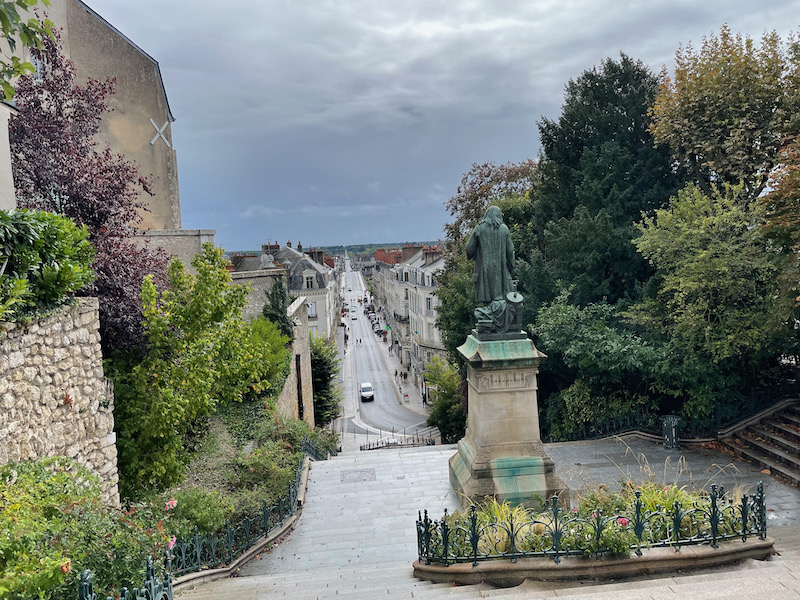
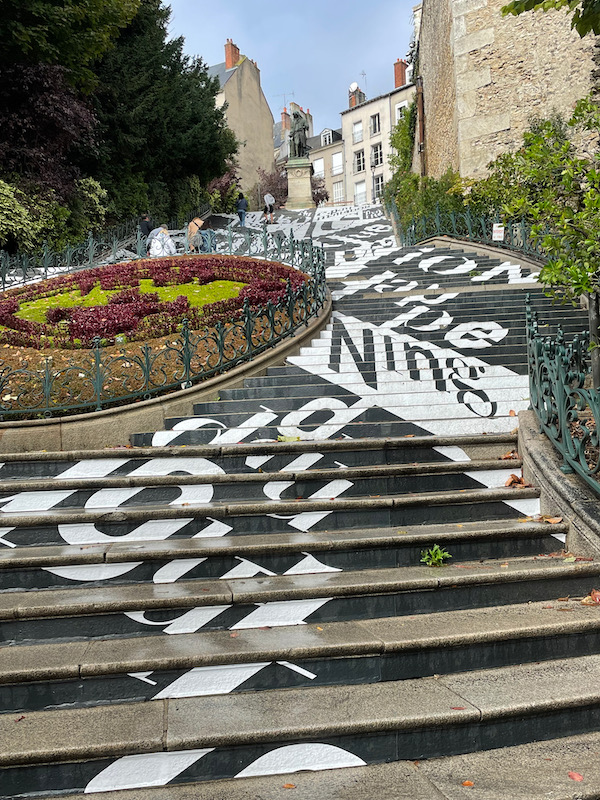
Throughout town, there are various medieval houses that remain from the 15th and 16th centuries, when Blois was the home of the royal court. Here, a medieval house was given a Renaissance facelift with the new doorway.
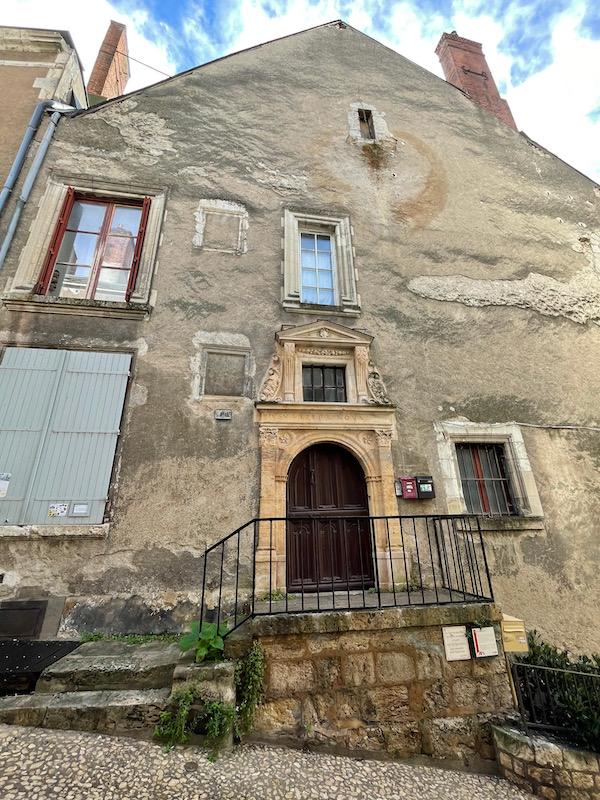
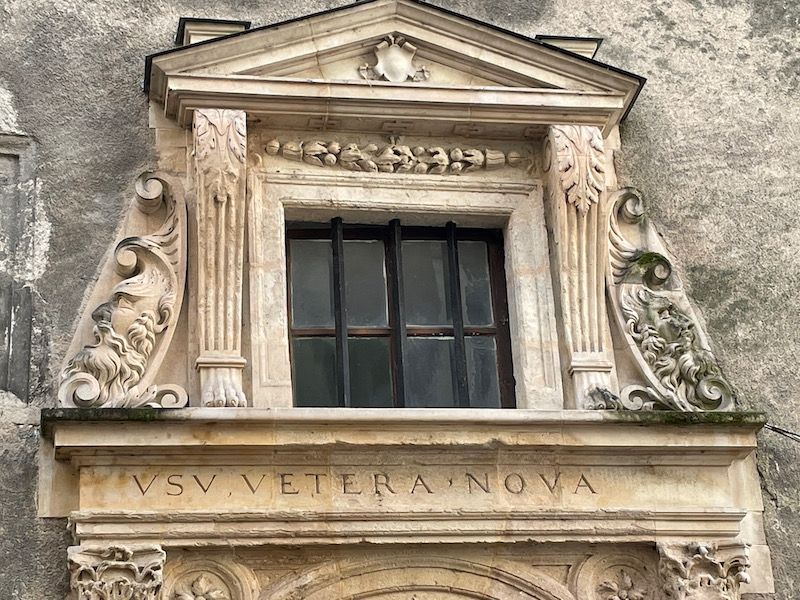
The Hôtel de Villebresme was constructed at the end of the 15th century and has a very unusual plan. There are two buildings on either side of the street, linked by a timber-frame walkway.
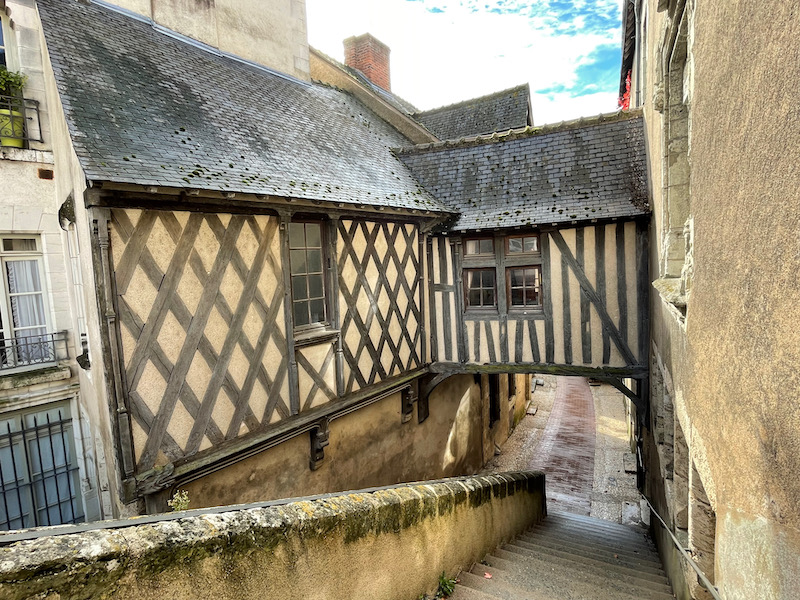
The late Gothic-style cathedral was built between 1544 and 1700 and was originally a collegiate church. There are a few vestiges of a previous 12th-century church in the crypt and the base of the bell tower. An organ case was given to the cathedral in 1704 by King Louis XIV to celebrate the promotion of the church to the rank of cathedral in 1697. The church was re-dedicated to Saint Louis, thus paying homage to both King Louis IX (called Saint Louis), Louis XII (a native of Blois), and Louis XIV (for his donation).
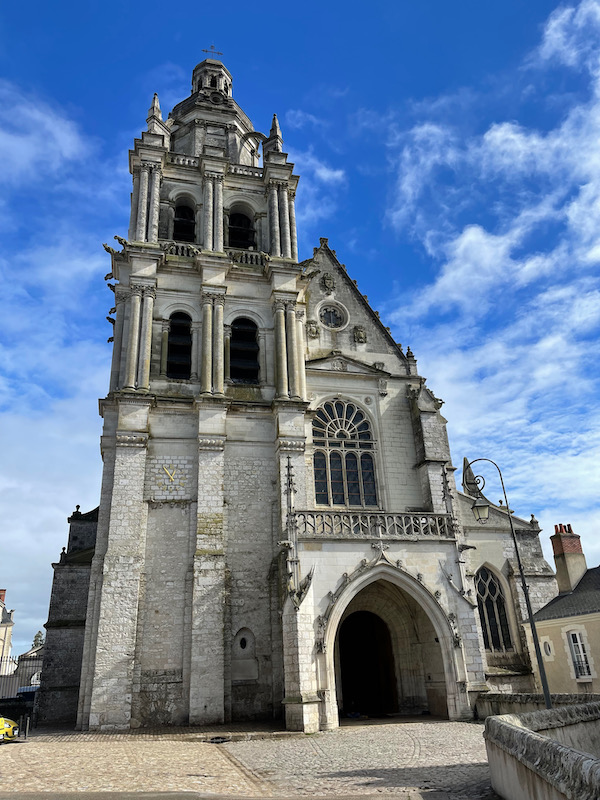
The cathedral is made up of a wide nave with north and south aisles (1680-1700) onto which open side chapels, as well as a choir with its ambulatory. There is no transept .
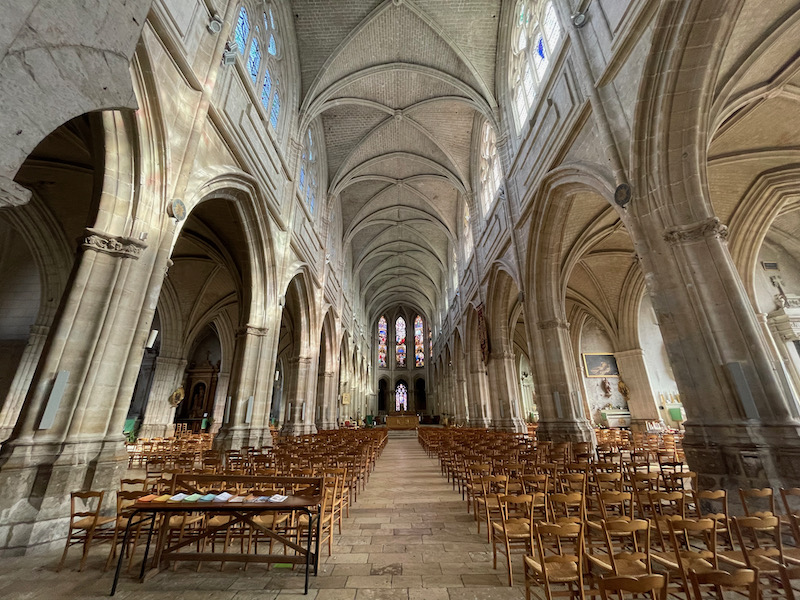
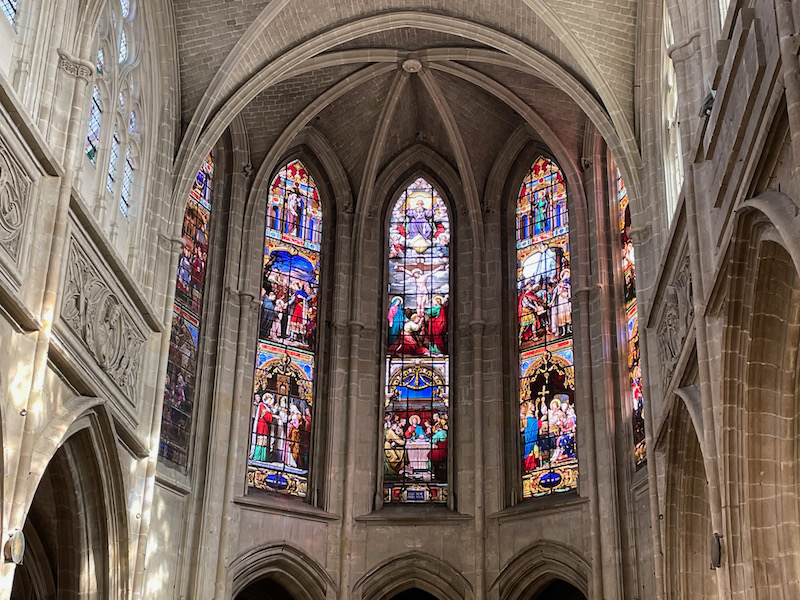
This reliquary holds the relics of Charles of Blois.
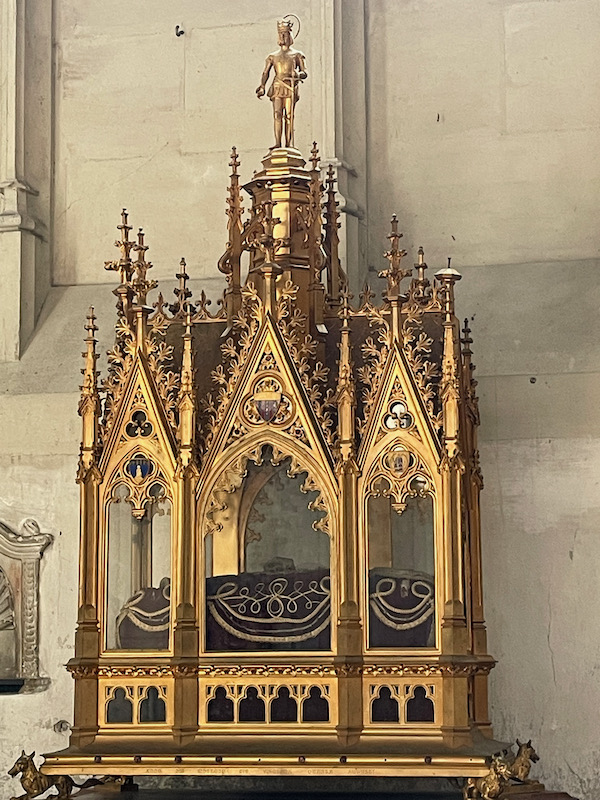
American bombardments during World War II had destroyed quite a few of the cathedral's stained glass windows but some of them still date from the 19th century. The first shows Saint Louis dispensing justice under an oak tree. The next one shows Saint Solenne and Saint Louis. The 3rd one dates from 1885 and was done by an artisan in the city of Tours. It is a pause in the flight of the holy family into Egypt and shows Joseph, Mary, and Jesus being visited by angels.
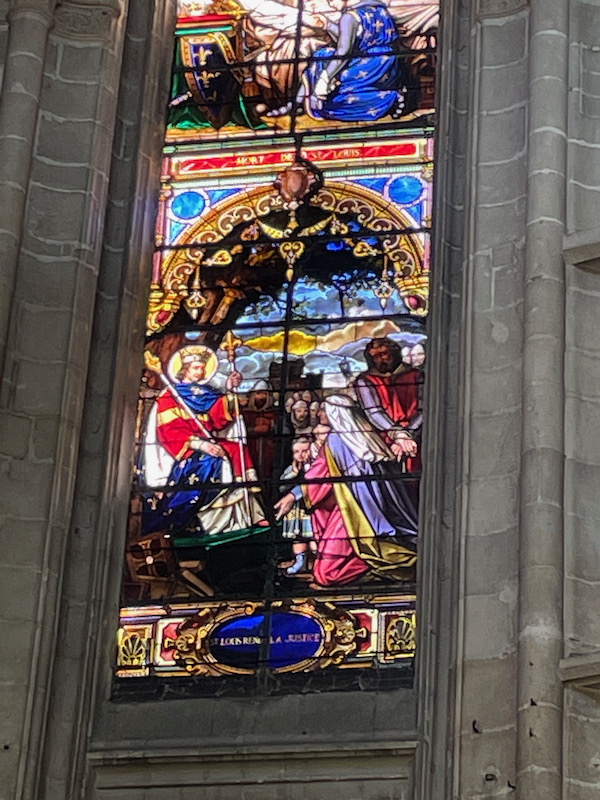
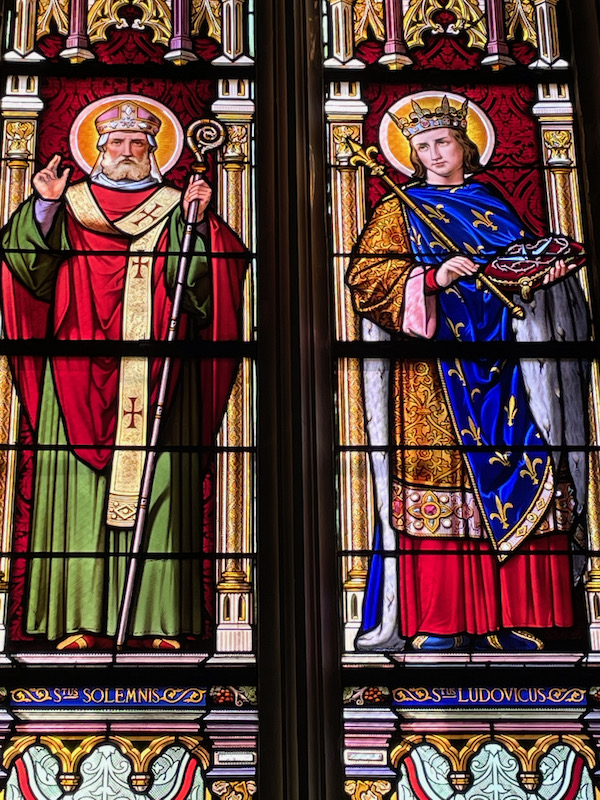
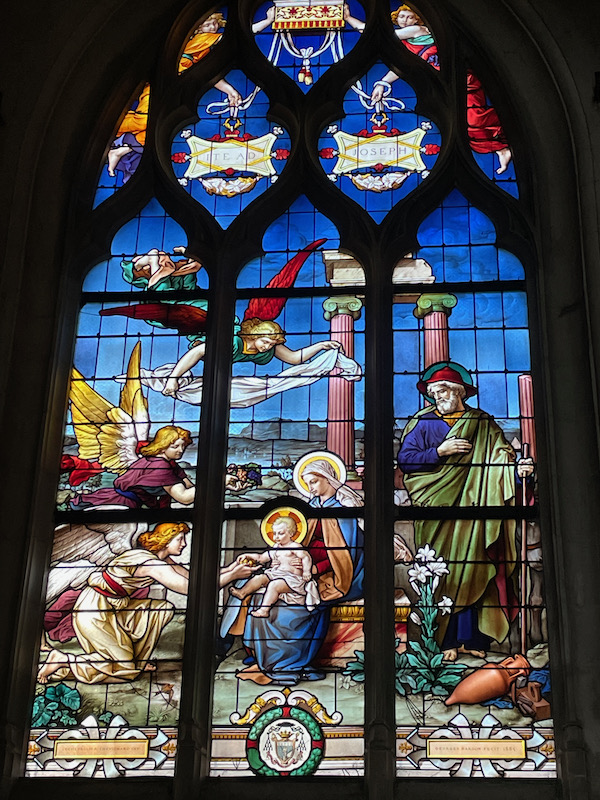
In 2000, new stained glass windows created by the Dutch artist Jan Dibbets and the French master glassmaker Jean Mauret were inaugurated. While they look a bit abstract, they each contains very specific messages, leaving the windows very light to allow sunshine into the cathedral. There was a flyer that explains every single window (WOW!!). This one was in the Chapel of Saint Paul and is called Gaspar, Melchior, Balthazar, and the 3 crowns. You can see 2 of the 3 crowns at the top and then the 3 names. This is the description of the visit of the 3 wise men in Matthew 2 verse 1 thru 12 even though no names were given. The names come from Syriac texts dating from the VI century.
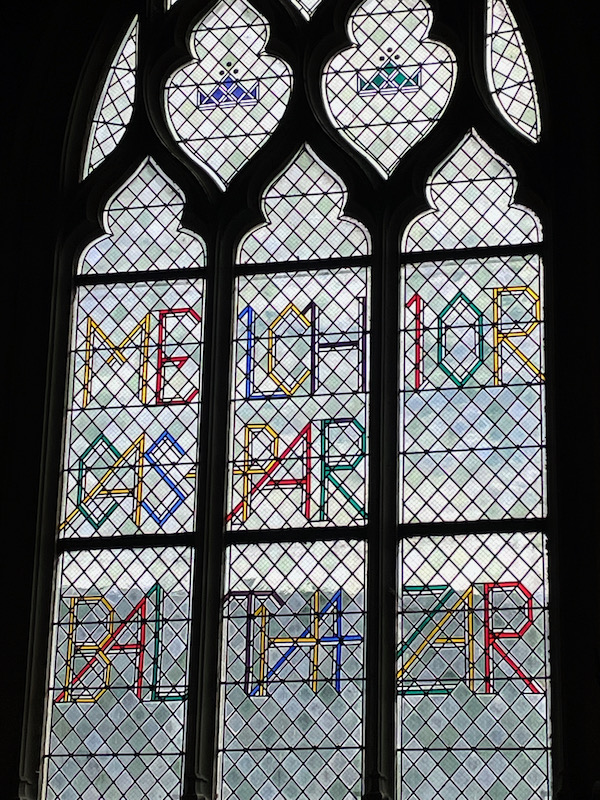
Just behind the Cathedral is the Town Hall, which is housed in the 18th-century former Bishops Palace. The town hall was moved here when the former town hall was bombed in 1940.
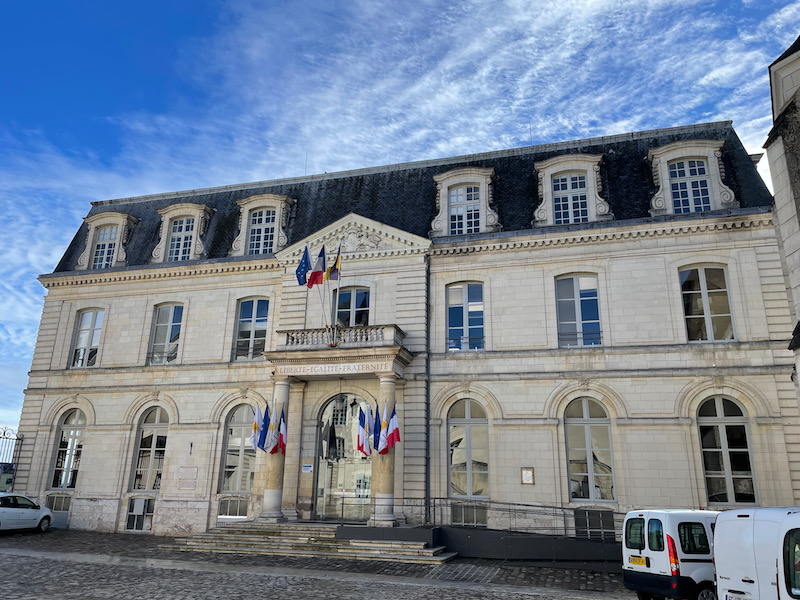
Overlooking town from the gardens of the Town Hall/Bishops Palace. Above, it looks like a 2-story building but from the back side, it actually is on 4 levels.
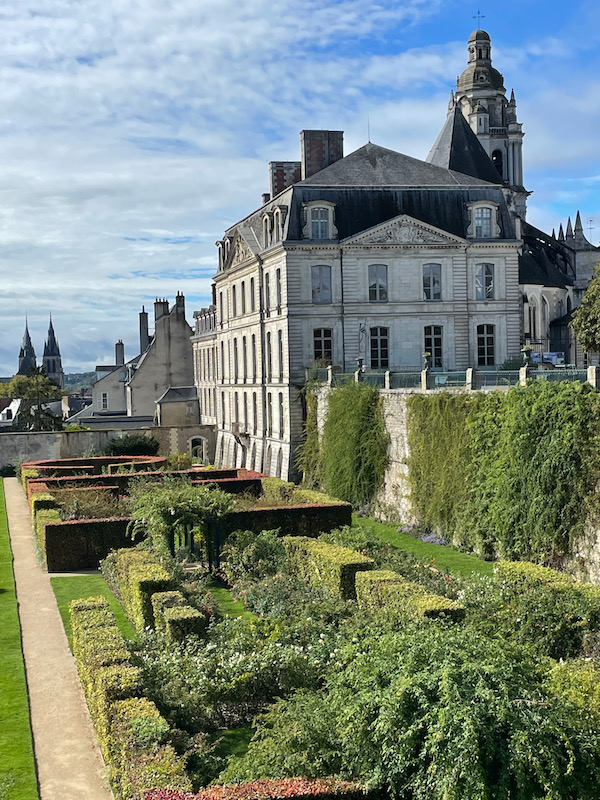
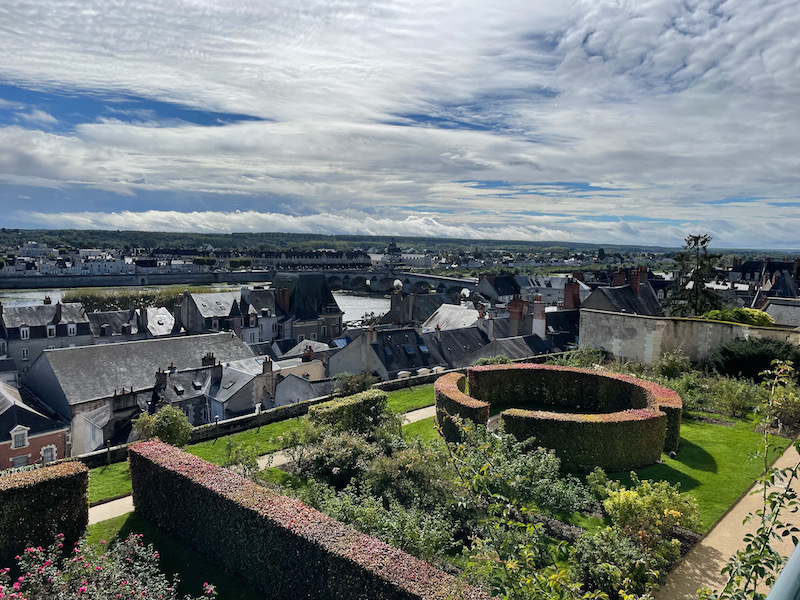
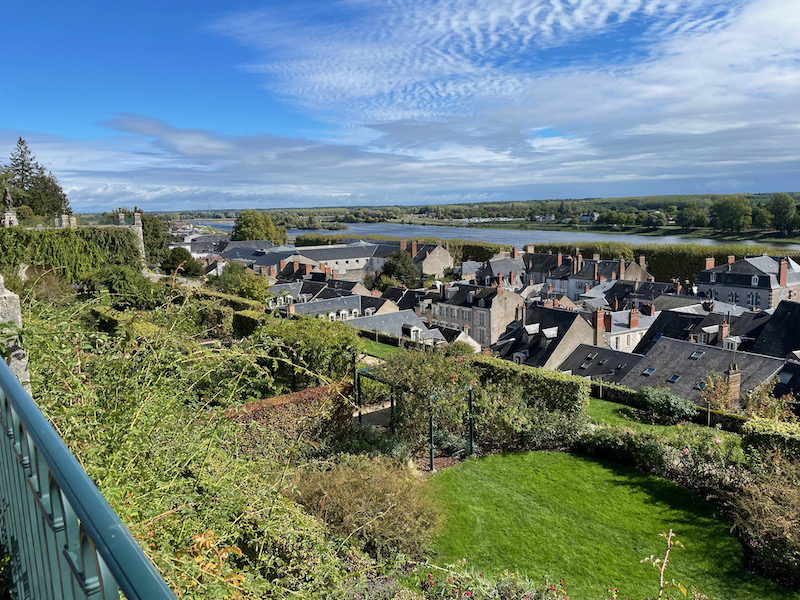
In the garden is a statue of Joan of Arc, created by the sculptor Anna Hyatt-Huntington in 1921. It was a gift from an avowed Francophile, on behalf of the US people and the citizens of New York. It is actually a copy of the statue done by the same artist, which sits in NYC at Riverside Drive and 93rd Street. In the pedestal is a stone from the prison in Rouen where Jeanne d’Arc was held in captivity.
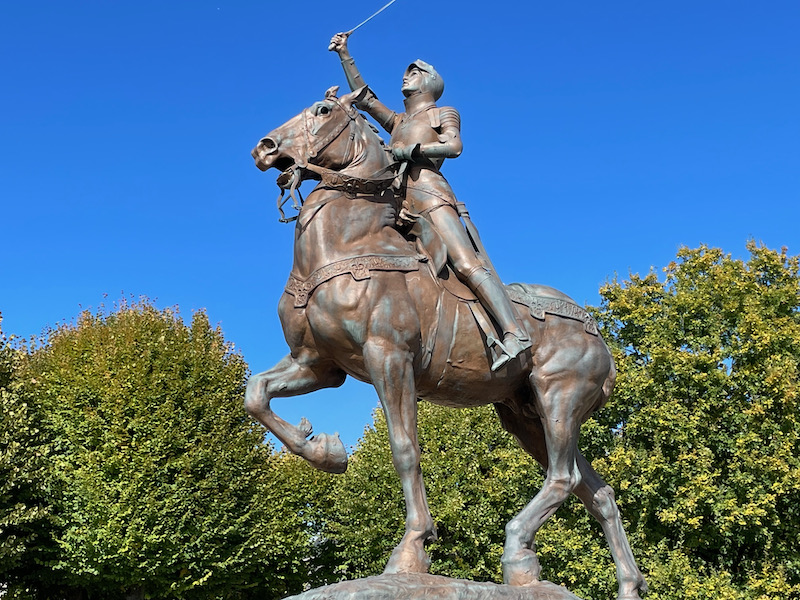
The Saint-Nicolas Saint-Laumer church was originally the abbey church of a monastery built in the 12th century and takes the name of the founder of this abbey, Saint Laumer. The construction spanned the Romanesque and Gothic periods and so the chancel has a slightly different style than the nave. In 1791, the "Saint-Lamur" part was dropped from the name.
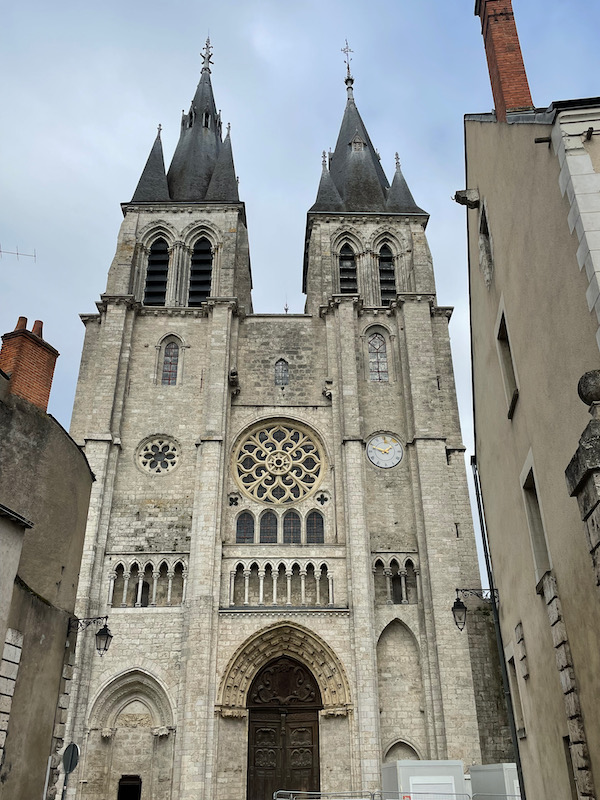
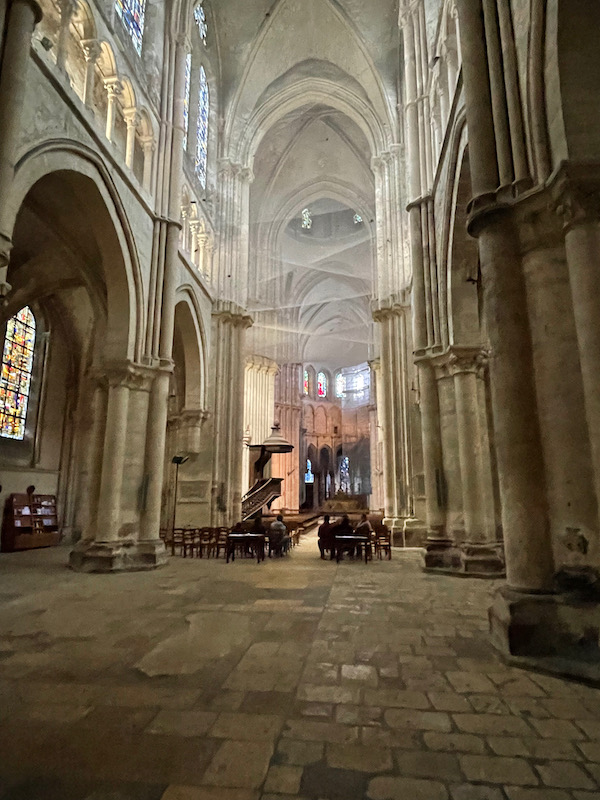
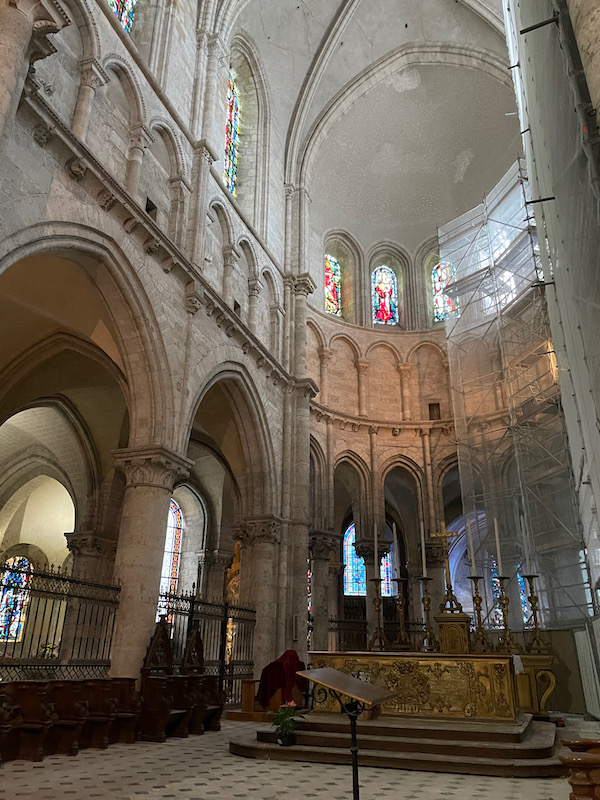
In the 1950's, a renovation project was done to replace the old stained-glass windows that were destroyed in the June 1940 German bombings of the city, in an Art Deco style.
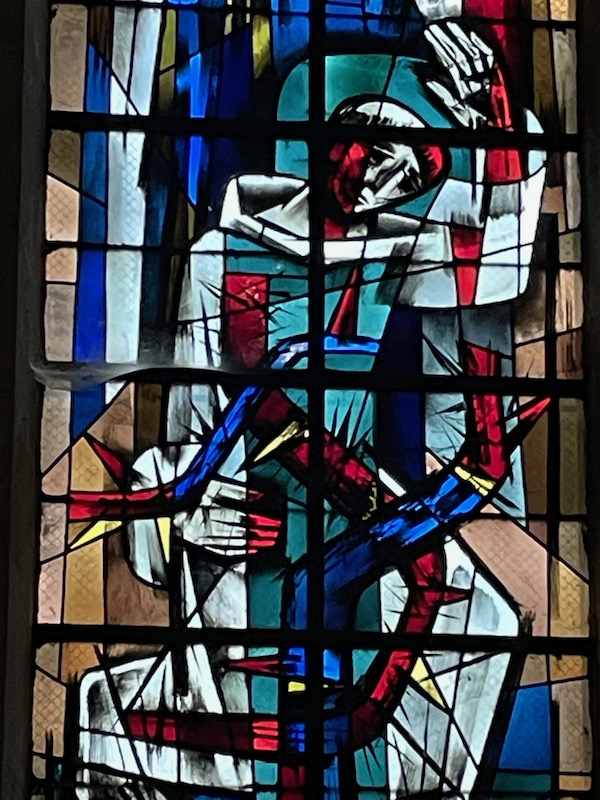
The Chapel of the Virgin is dedicated to the Virgin Mary. There is a statue overhanging the tabernacle representing the Assumption, a painting on the right showing the Virgin giving the Rosary to Saint Dominic and the main stained glass window that signifies her dignity as Queen of Heaven.
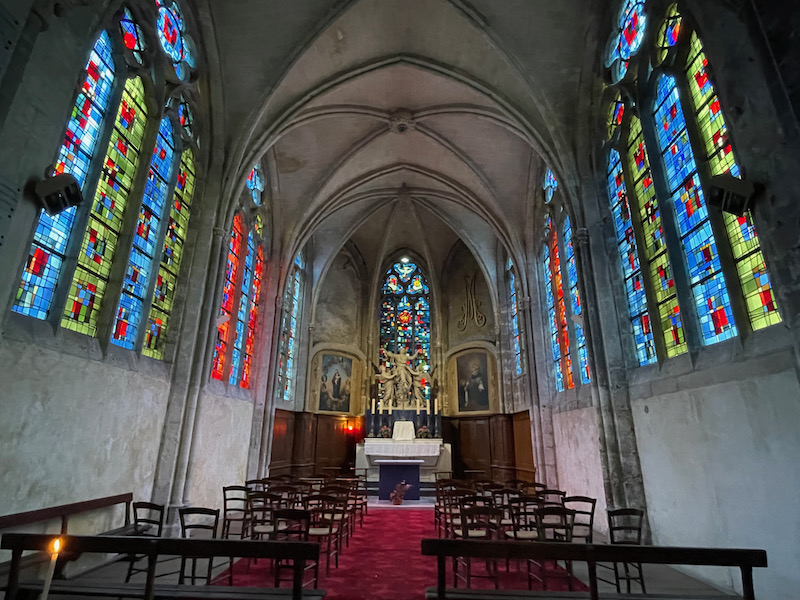
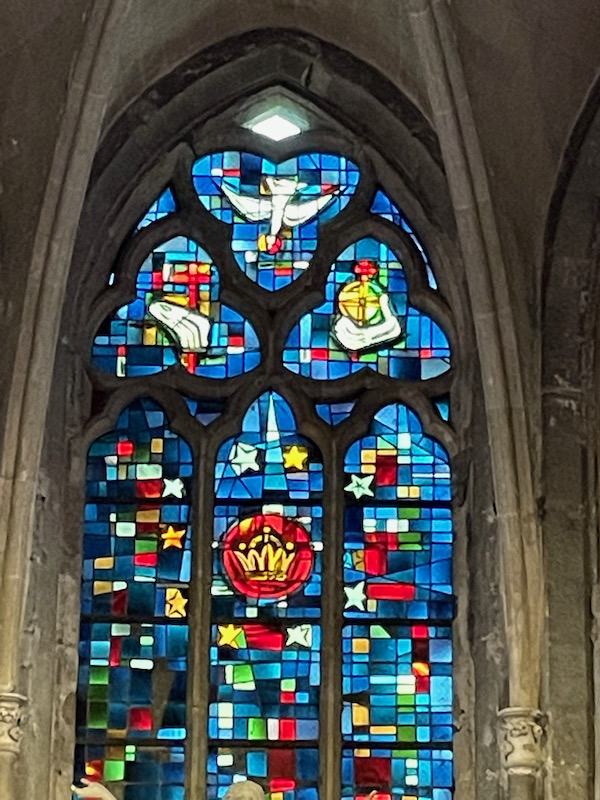
The Saint-Laumer chapel has additional modern windows but also some very old paintings along the ceiling.
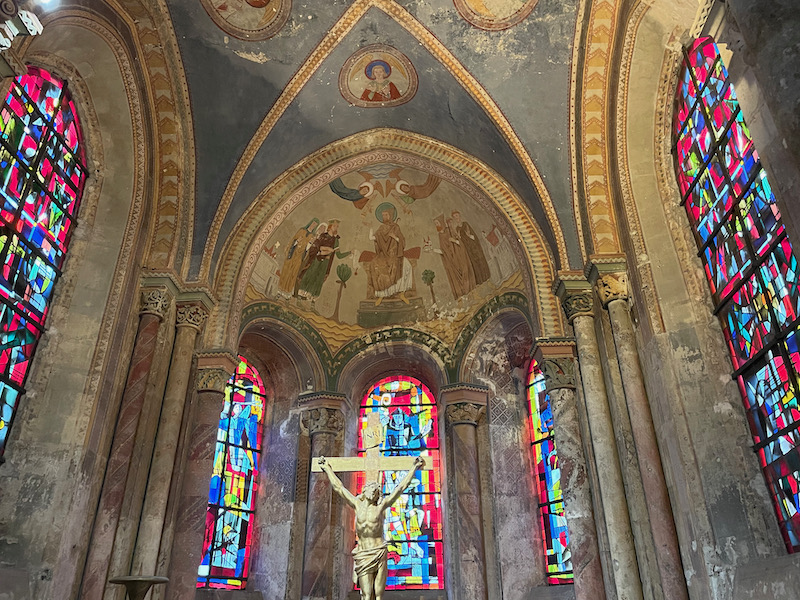
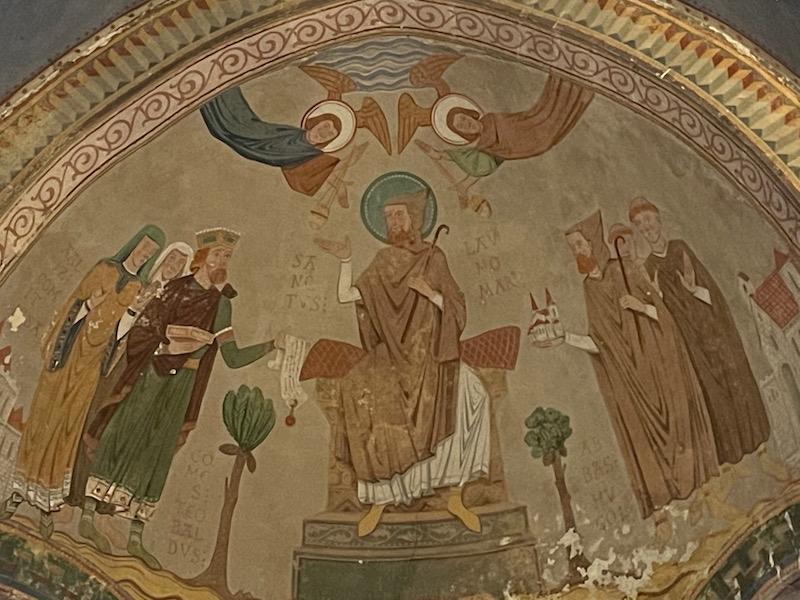
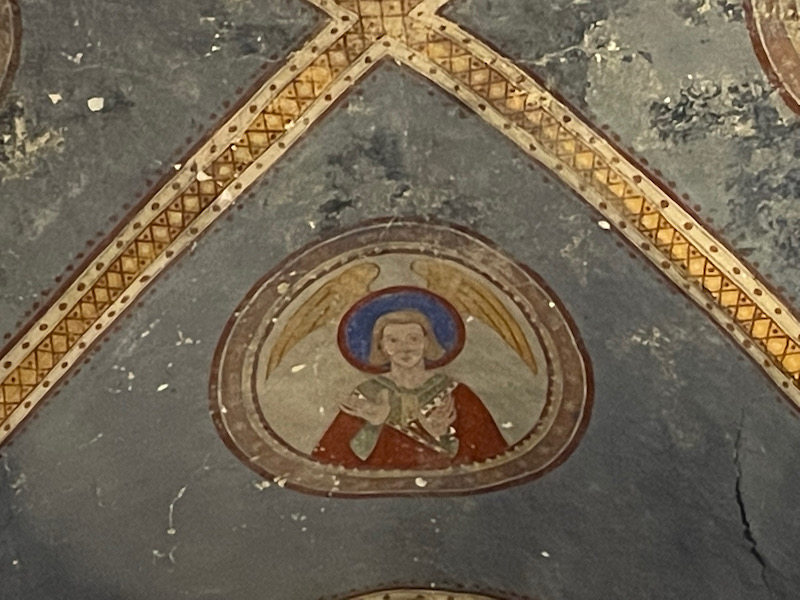
The bridge over the river at night ... I just thought it was a really nice picture. This is the Pont Jacques-Gabriel and was built in the 18th century. It replaced an 11th century stone bridge that went over the river but collapsed in 1716.
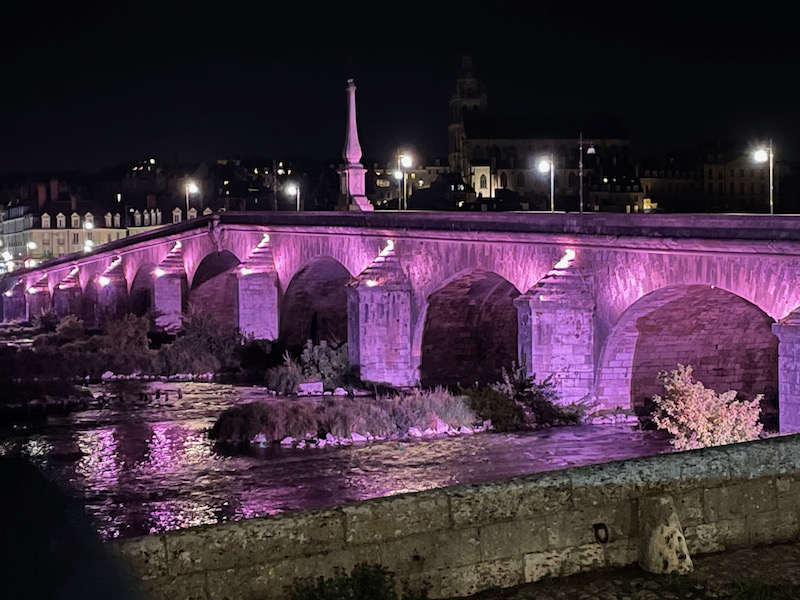
The blog for the Chateau de Blois was moved to it's own entry, which you can find here if you haven't read it already.